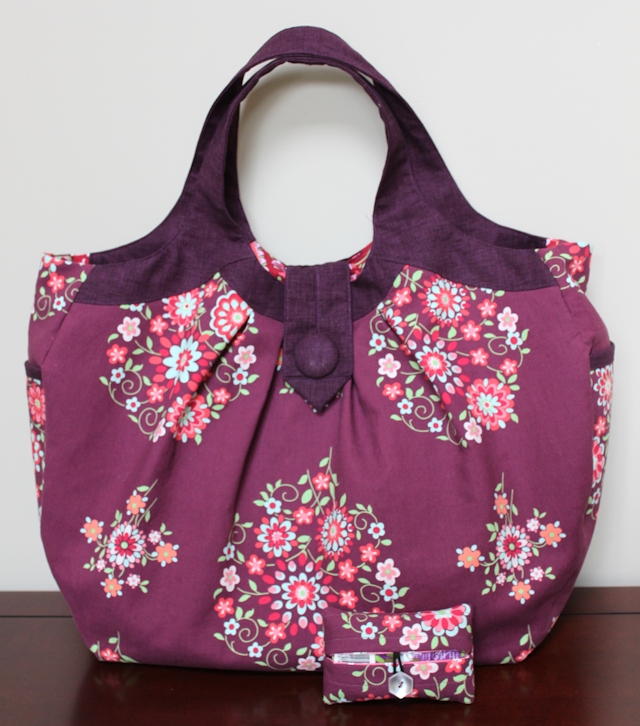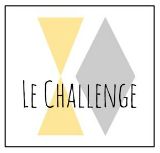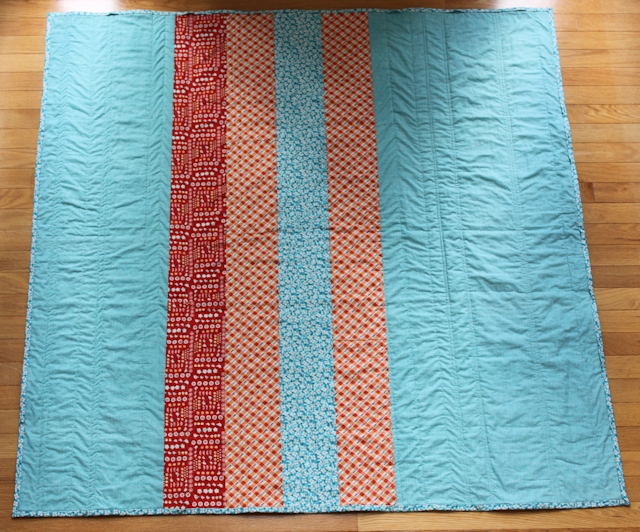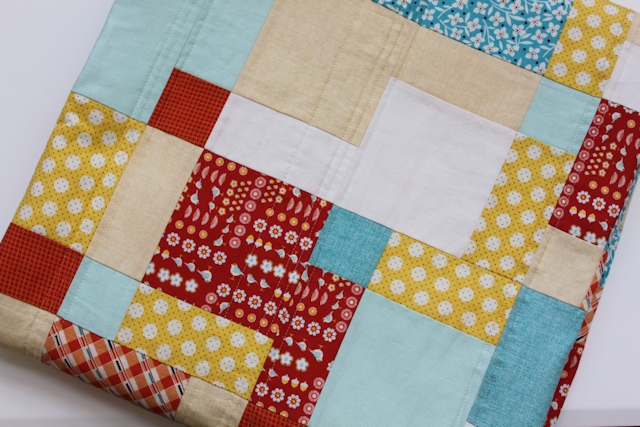Read the introduction: Quilty Cross-Stitch Blocks
Fabric Requirements
4 colored jelly-roll strips (I used Basic Grey’s 25th and Pine)
9 solid jelly-roll strips (I used Bella Solids in natural)
3” x 4½” piece for the trunk
⅛ yard of fabric for binding
25½” x 29” piece of fabric for back (this provides approximately 2” of overhang on all sides)
25½” x 29” piece of batting
Thread to match
Finished size: approximately 21½” x 25”
All seams are a scant ¼”
Cutting: The Cross-Stitch Blocks
Cut the selvages off all the jelly-roll pieces.
Take the 4 colored jelly-roll strips, and cut them all at the 20” mark. Set aside the 4
longer strips (the ones that are about 22” long).
Take the (4) 20” strips. Cut them in half length-wise, making 2 strips that are 1¼” wide. Then cut those thinner strips into 3¾” pieces. Each 20” strip will yield (10) 1¼” x 3¾” pieces. These are the main arms of the Xs. You will have a total of 40 of them.
Take the 4 longer colored strips that you had set aside. Cut them in half length-wise, making 2 strips that are 1¼” wide. You will have a total of 8 of them.
Take 8 of the 9 solid jelly-roll strips, and cut them at the 20” mark. Set aside the (8) 20” strips and the uncut 9th one. We will use them later in the tutorial for the background.
Take the 8 longer solid strips. Cut them in half length-wise, making 2 strips that are 1¼” wide. You will have a total of 16 of them.
Hint: Before working with jelly-roll strips, I like to press them with a little starch. That way, I can make sure they’re straight before cutting them, and the starch makes the long, thin pieces more manageable to sew.
After pressing jelly-roll strips and before cutting them, I like to double-check their width; sometimes, they’re a bit wider than 2½”. For the steps above, I made sure the colored strips were 2½” before cutting them length-wise. I didn’t bother doing that with the solid strips because we’ll be trimming off a bunch of that fabric later on anyway.
Sewing: The Cross-Stitch Blocks
Take the (16) 1¼” solid strips and (8) 1¼” colored strips. Sew a solid strip, length-wise, on each side of the 8 colored strips. Press the seams toward the colored fabric.
Cut each of the strips from the previous step into 2” pieces. These are the side arms of the Xs. Each of the 8 colored strips will yield 11 side arms. You only need 10 from each strip for this project. You will have a total of 80 side arms.
Hint: Instead of lining your ruler mark with the edge of the solid fabric, line it up with the seam between the solid fabric and colored fabric. Doing so will make more accurate Xs.
Take the (40) 1¼”x 3¾” main arms, and sew a matching 2” side-arm piece on either side. Do this by first centering a side arm on the main arm, pressing the seam toward the colored fabric, and then matching the second side arm’s placement to the first. Press the second seam to the colored fabric.
You will have 40 untrimmed blocks at the end of this step. Cut those 40 blocks to 2½” squares.
Hint: I use a 6½” square to trim these blocks. I find that I have more control over the fabric if I use a 6½” square instead of, say, a 2½” square. Also, I like to line up the 1¼” marks on my square with the intersections of the X’s arms.
Sewing: The Rows of the Tree
Arrange the cross-stitch blocks into rows like the photo below.
Once you’re satisfied with the placement of your fabrics, sew each row together.
Press the seams on the odd-numbered rows one way and the seams on the even-numbered rows the other way. To avoid bulk in your seams, I recommend pressing the seams open.
Sew rows of the same length together. That is, sew the (2) 2-block rows together. Sew the (2) 4-block rows together, etc.
Press seams to one side. Again, I recommend pressing the seams open.
Cutting: The Background Fabric
Take the 1 uncut solid strip and the (8) 20” solid strips that you had set aside during the initial cutting. You will use these in the background. Cut the 1 uncut strip in half vertically, giving you 2 strips that are approximately 22” in length. Sew the remaining 8 strips length-wise into 4 pairs. Then cut those 4 pairs into the following lengths. To avoid running out of fabric, start by cutting the 10” strips first, then the 9” strips, and so on.
(2) 10” x 4½ strips
(2) 9” x 4½ strips
(2) 7” x 4½ strips
(2) 5” x 4½ strips
(2) 3” x 4½ strips
Hint: Instead of lining your ruler mark with the edge of the fabric, line it up with the seam to make vertical cuts. Also check the width of these strips: each one should be 4½”; you may need to trim a little bit off.
Sewing: The Background to the Tree
Now you have all the pieces for the quilt top. Arrange them as shown in the picture below. (Heads up: I cut the 10” x 4.5” incorrectly for the photo below. The pic is off in that regard, but the measurements are right.)
Working row by row, sew the background pieces to the cross-stitch blocks and the background pieces to the tree trunk, being sure to line up the middle of the tree trunk with the seam between the 4th and 5th cross-stitch blocks in the bottom row of the tree. Press seams open.
Sew the rows together length-wise. Press seams open.
Square up your quilt top.
Finishing the Project
Quilt and bind your project as desired. I use Jaybird Quilts’
Single-Fold Binding Tutorial.
If you plan on hanging your quilt, a good reference is Stitched in Color’s tutorial:
How to Hang a Mini Quilt.
To see this mini quilt in Basic Grey’s Evergreen line, view
the same tutorial at the Moda Bake Shop.





























